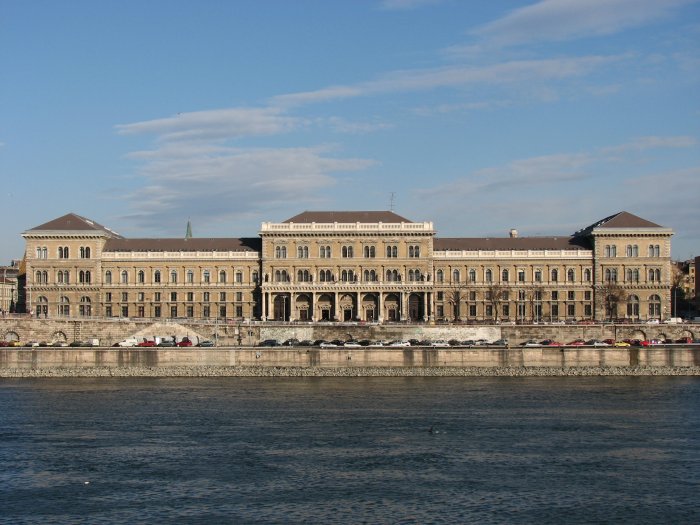85% of new Hungarian graduates find jobs, above EU average

Education statistics in Hungary show a mixed picture. While the rate of employment among recent graduates is among the highest in Europe, and above the EU average, the rate of early leavers from education is also rising.
Fresh data from Eurostat, the EUʼs statistics office, show that 84.7% of recent graduates in Hungary were employed in 2017, compared to an EU average of 80.2%. Recent graduates are defined as people aged 20-34, who are no longer in education and training, and who completed their education at most three years ago.
This is the fourth consecutive year that the rate of employment for recent graduates in the EU has risen, reversing the decreases seen between 2008 and 2013, Eurostat noted.
The education level considered is at least upper-secondary education, so also includes tertiary education. Malta (95%), Germany (91%) and the Netherlands (90%) recorded the highest employment rates among recent graduates. Hungary ranked ninth on the list, with its 84.7% rate. In Central and Eastern Europe, the employment rate among recent graduates was highest in the Czech Republic, at 89.9%, followed by Hungary and Poland (the latter at 82.1%).
The employment rate among recent graduates in Hungary fell after the 2008 economic crisis, reaching its low at 73.3% in 2012. It then started climbing, peaking at 85% in 2016.
Meanwhile, employment among recent graduates in the EU also declined after the crisis, bottoming out at 75.4% in 2013 before climbing to 80.2% in 2017, the Eurostat figures show.
Looking at specific figures related to education in Hungary, the rate of early leavers from education has been continuously rising from 2014, while the EU average rate shows a decreasing trend. Last year, this rate in Hungary was 12.5% of the population aged 18-24, compared to 10.6% at EU level.

Another decreasing indicator in Hungary is the rate of people with tertiary educational attainment among the population aged 30-34. While in the EU this is growing, last year at 39.9%, in Hungary it has been dropping since 2014, reaching 32.1% in 2017 (see graph).
When recent graduates are looking for work, the level of educational attainment plays a key role, Eurostat notes.
SUPPORT THE BUDAPEST BUSINESS JOURNAL
Producing journalism that is worthy of the name is a costly business. For 27 years, the publishers, editors and reporters of the Budapest Business Journal have striven to bring you business news that works, information that you can trust, that is factual, accurate and presented without fear or favor.
Newspaper organizations across the globe have struggled to find a business model that allows them to continue to excel, without compromising their ability to perform. Most recently, some have experimented with the idea of involving their most important stakeholders, their readers.
We would like to offer that same opportunity to our readers. We would like to invite you to help us deliver the quality business journalism you require. Hit our Support the BBJ button and you can choose the how much and how often you send us your contributions.







